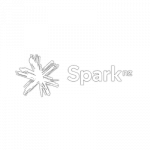General FAQ
- Why is SumToZero's simulation software called Gomboc?
When first used within Emirates Team New Zealand, it was simply known as “Dan’s VPP”. As its use grew, it clearly needed its own identity. Dan spent a weekend trying to come up with a catchy name, but the one he chose was ridiculed by the team, and will never be mentioned again!
“So, what should we call it?” he asked. Steve Collie, an aerodynamics engineer in the team, did some Googling. He looked for something cool and unique relating to an equilibrium solution, and pronounced that it should be called “Gomboc”! The name stuck.
As defined at gomboc.eu, the ‘Gömböc’ is the first known homogenous object with one stable and one unstable equilibrium point, thus two equilibria altogether on a horizontal surface. It can be proven that no object with less than two equilibria exists.
- What steering wheel can I use with Gomboc?
To drive Gomboc in dynamics mode as a simulator, it’s easiest to use a steering wheel. Any wheel that supports DirectInput can be used – although we may well be able to add a customisation to run something else.
For a desk set-up, we recommend a Logitech G29, which is relatively inexpensive, has force feedback, and has plenty of buttons to which sail controls can be assigned.
- Can I script Gomboc?Yes. Everything that can be done through Gomboc’s GUI can also be scripted, either using Gomboc’s internal JavaScript interface, or using its external API. Please get in touch for more details.
- I'm not confident building a Gomboc model. Can you help?Yes, if you’re not keen on building your own Gomboc boat model, we’d be very happy to build a model for you. Typically, it would take around 40 – 80 hours to build a model, and our time would be charged at 95EUR/hour. However, it is very dependent on the data provided to us; a complete set of data clearly specified makes the job a lot easier! Ideally, we would need the following:
General
- A general layout drawing of the yacht
- 3D geometry if available for graphics display purposes (not essential)
Hull
- A hull shape surface, e.g. as an IGES file. If this is not available:
- For a foiling yacht where the hull hydrodynamics is not crucial, we could reconstruct a hull surface from 2D drawings and photos
- Where an accurate hull shape is important, you may be able to get a 3D scan carried out
- Any existing hydrodynamic data, if available, e.g. RANS CFD data (not essential)
Appendages
- Shapes and cross-sections if not shown on the general layout
- Bearing positions, axes of movement
- Maximum extents of translation and rotation
- Relation between rotations (e.g. connection of port/stbd rudders)
- Information about any existing autopilots, e.g. foil ride height controllers
- Foil structural information if available (e.g. EI, GK along span)
Rig & Sails
- Mast geometry
- Rigging configuration and diameters, for windage computation
- Sail configurations - or at least a typical configuration to start
- Any existing aerodynamic data if available, e.g. from North Flow, or RANS CFD results (not essential)
Mass Data
- Total mass and centre of mass
- Separate masses of any significant movable components (e.g. canting keel)
- Position and ranges of adjustable ballast, e.g. water ballast
- Crew weight and range of positions
It's unusual to have all this information available, and we can discuss options for working around any missing pieces of the puzzle.
- Can I integrate external results, such as CFD hull data, or sail data from North Sails, into a Gomboc model?
Yes. Any data that provides forces – and optionally other outputs – as a function of parameters can be used. The data should be be organised into a PZ CSV format, where the columns represent parameters, forces and other outputs, and each row reports a condition (e.g. CFD run). As an example, you may have a matrix of 50 CFD runs for a hull. Columns could be Speed, Sink, Trim and Leeway as Parameters, and Fx, Fy, Fz, Mx, My, Mz as Outputs, and each row would represent the result of one CFD run. Additional columns might be Wetted Surface Area, Viscous Drag, Wave Drag, etc. These additional columns won’t affect the Gomboc solution (unless you use them to compute some other forces) but will be output for information.
Gomboc has several built-in methods for creating a smooth fit surface to the input data, and interpolating over that fit to estimate a solution at any combination of parameters.
Licence faq
- What support does my licence include?
A paid Gomboc licence includes support to help you get set-up and answer any questions you have using the software, over the duration of the licence period.
If you need more extensive support, for example, building models or making customisations to suit your project, this will be charged at 85 EUR/hour.
- Can I transfer my Gomboc licence to another machine?
Yes. We offer a floating licence capability option which allows to move Gomboc from one machine to another an infinite number of times. Please let us know if you are interested in this option.
If you experience hardware issues but you did not subscribe to the floating licence option, we can exceptionally delete your existing licence and create a new one to be used on another machine.
- Can I model several boats using one licence?Yes, with a full Gomboc licence you can model any number of boats, unless otherwise specified in the licence terms. However, if you only need the licence to model a specific boat, we can sometimes offer a discount for this case.
















